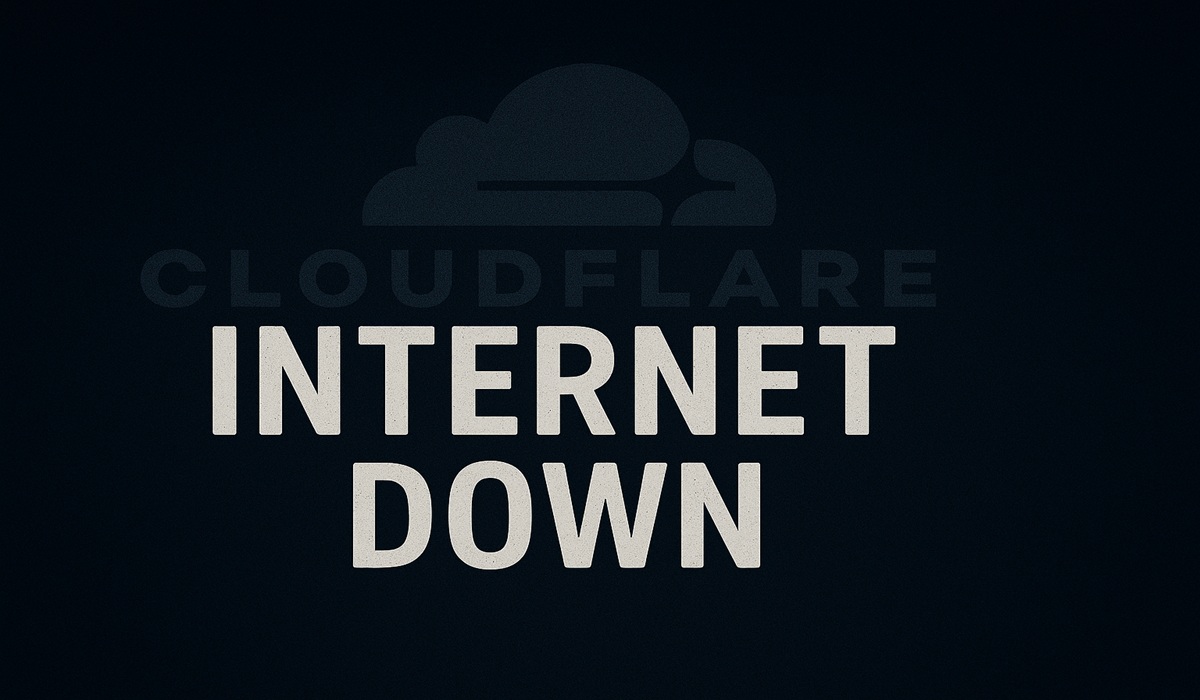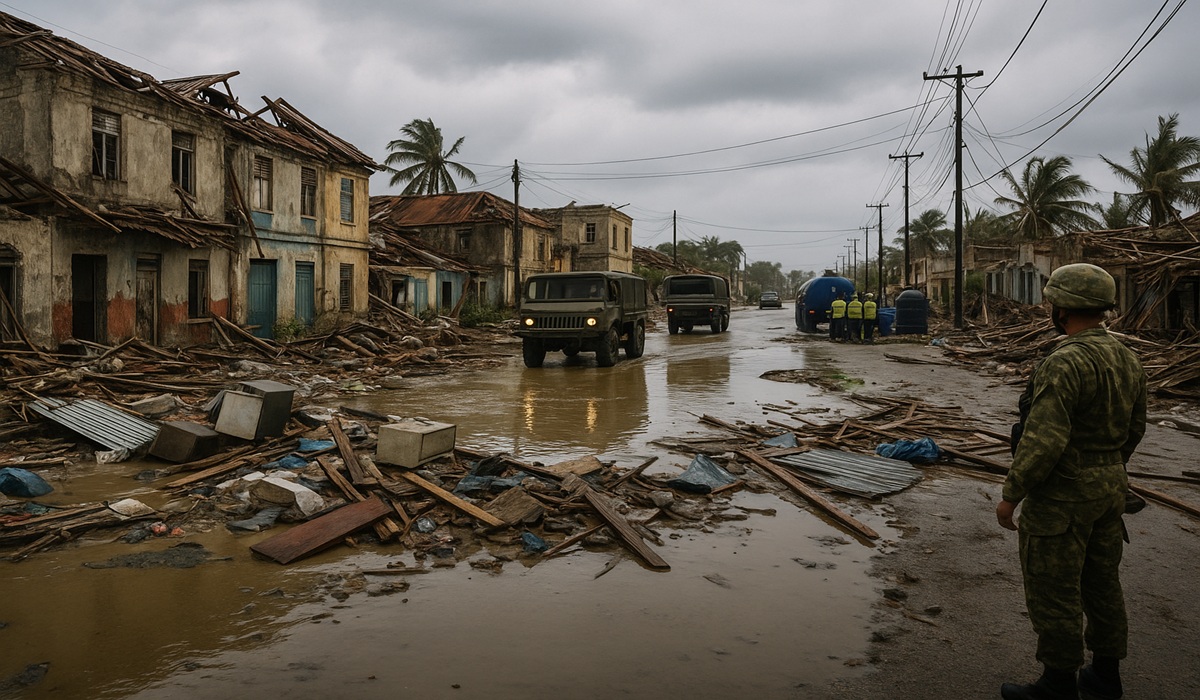142 Nations Back UN New York Declaration for Palestinian Statehood
- TDS News
- Breaking News
- September 24, 2025

By: Donovan Martin Sr, Editor in Chief
In the corridors of international diplomacy, few events signal a turning point as strongly as the endorsement of the New York Declaration, a sweeping 47-page framework for Palestinian statehood. What makes this moment historic is not simply the substance of the declaration, nor the impressive 142 nations that endorsed it, but the shifting balance of power in who shapes such deals. France’s decision to formally recognize Palestine marks the first time a Western member of the UN Security Council has broken from long-standing hesitation, and it underscores a remarkable realignment: the world is beginning to broker major international resolutions without the central hand of the United States.
For decades, Washington has been the default arbiter in the most consequential conflicts, often serving as mediator, broker, and guarantor of peace deals across the globe. But history has also shown that in many of these cases, the United States was not only a peacemaker but also a participant, directly or indirectly linked to the very conflicts it later attempted to resolve. From the Middle East to Southeast Asia, from Latin America to the Balkans, American fingerprints have been present in both war-making and deal-making. The Palestinian question has long rested in that paradox: Washington’s role as Israel’s closest ally has made it both indispensable and distrusted in negotiations. Now, the New York Declaration signals that Europe is stepping into a void left by a waning American monopoly on peace-brokering.
The U.S. veto of the Security Council resolution tied to the declaration should not be mistaken for dominance. In practice, the veto carries symbolic weight, but it no longer carries decisive influence in the same way it once did. The other four permanent members of the Security Council—France, the United Kingdom, Russia, and China—are now charting their own course. France’s recognition of Palestine breaks open a path for Europe to lead where Washington has refused to tread. The sheer scale of support—142 nations aligning behind the framework—gives this declaration teeth that cannot simply be dismissed as rhetoric. The overwhelming consensus isolates the United States and makes clear that the global community is moving forward, with or without its blessing.
What gives the New York Declaration such depth is that it does not stop at platitudes or calls for negotiations. It directly addresses two of the most entrenched realities on the ground: Hamas’s stranglehold in Gaza and Israel’s decades-long expansion, settlement enterprise, and collective punishment of Palestinians. It requires Hamas to relinquish its military authority in Gaza and hand governance back to a unified Palestinian Authority, but it also places binding obligations on Israel. Central to the declaration is a blunt rejection of annexation, settlement activity, forced displacement, and demographic engineering—policies that the international community now recognizes not just as obstacles to peace, but as violations of international law. The framework explicitly states that unilateral Israeli actions in the West Bank and Jerusalem are illegal, that they undermine the possibility of a two-state solution, and that they must be reversed or halted under binding timetables. In language not often seen in such high-level diplomatic documents, it links these actions to breaches of the UN Charter and reaffirms the findings of the International Court of Justice, including the July 2024 advisory opinion declaring the occupation unlawful. This is not symbolic scolding; it is a baseline for accountability.
For the first time, the declaration sets up pathways for punitive measures if Israel fails to comply. It empowers member states to use economic and diplomatic pressure, from suspending trade preferences to halting weapons transfers, to ensure Israeli compliance. The document leaves little doubt: a continuation of settlement construction or military annexation would trigger sanctions or collective diplomatic reprisals, coordinated among endorsing states. The shift is clear. Where earlier frameworks left enforcement vague, this declaration creates mechanisms—international monitoring bodies, timelines, reporting structures—to ensure obligations are not left to goodwill. That Israel is explicitly named as an actor responsible for perpetuating a cycle of expansion and violence signals a rare willingness among the international community to confront the issue directly, without the usual euphemisms that soften criticism.
This dual approach—dismantling Hamas’s capacity to govern by force while constraining Israel’s colonial expansion—gives the framework a level of balance that past efforts have lacked. It is this balance that makes the New York Declaration more than just another in a long line of resolutions. It is enforceable. It recognizes that peace cannot be built if one side is stripped of sovereignty by armed militias, while the other entrenches occupation and commits what many human rights organizations now openly call acts of genocide. By explicitly naming both dynamics, it has built a framework that carries legitimacy in the eyes of 142 nations, including nearly every country of the Global South.
The timelines and sequencing matter. The declaration calls for an immediate ceasefire in Gaza, the release of hostages and Palestinian prisoners, and the restoration of humanitarian access as first-order priorities. But within a year, it demands general elections across the Palestinian territories, including East Jerusalem, under international oversight. Parallel to that, it requires Israel to halt settlement expansion within three months, to begin dismantling outposts, and to lift restrictions on movement and access. The declaration envisions an international stabilization mission under UN authority, tasked with monitoring ceasefire compliance, protecting civilians, and verifying that both Israel and Palestinian authorities adhere to their obligations. Such mechanisms give the framework teeth: no longer can either side simply claim progress while undermining it on the ground.
The U.S. veto, therefore, becomes a curious footnote. Once, a veto would have killed such a resolution outright. But here, it only revealed Washington’s isolation. When 142 nations back a framework and only one veto stands against it, legitimacy rests with the many, not the one. This is not the first time the U.S. has opposed global consensus, but rarely has the consensus been so overwhelming, and rarely has Europe led it so clearly. For Palestinians, that means statehood is no longer aspirational. It is embedded in a document with enforcement provisions, monitoring structures, and the backing of nearly three-quarters of the international system. For Israelis, it means their government can no longer expect automatic impunity. Expansion and collective punishment now carry the risk of sanctions, isolation, and accountability before international law.
The symbolism of Europe leading this process cannot be overstated. For the first time in modern history, a major deal of this magnitude is being brokered strictly through Europe and the wider international community, not through Washington. It is a milestone that may well mark the end of an era. Just as the Marshall Plan defined America’s post-war role, the New York Declaration may define Europe’s rise as a diplomatic heavyweight in the twenty-first century. By proving it can deliver meaningful frameworks that bind both sides—not just Palestinians but also Israel—to obligations, Europe positions itself as a credible mediator for the most intractable conflicts of our time.
The implications extend far beyond the Middle East. This declaration is already being spoken of as a model for other conflicts, particularly the grinding war in Ukraine. If 142 nations can unite behind a framework that both confronts occupation and curtails militant rule, what prevents a similar structure from being applied to Moscow and Kyiv? The precedent is powerful: Europe asserting leadership, the Global South rallying behind it, and the U.S. left to either adapt or be sidelined. In a world where multipolarity is no longer a theory but a reality, this declaration signals that international diplomacy has regained its bite.
In the end, the recognition of Palestine by France, the endorsement by 142 nations, and the resilience of the New York Declaration despite a U.S. veto tell a story much larger than one conflict. They tell a story of a shifting world order, where American centrality is no longer presumed, and where the voices of the many can outweigh the objections of the few. They tell a story of Europe rediscovering its agency, not as a follower but as a leader. And they tell a story of accountability: that expansion, annexation, and systemic oppression will no longer be met with silence. For Palestinians, this framework represents a concrete path toward sovereignty. For Israelis, it represents a warning that impunity has limits. And for the rest of the world, it represents a proof of concept—that binding, enforceable frameworks with global backing can still be written, endorsed, and applied. It looks, for the first time in a long time, like international diplomacy has teeth again.








